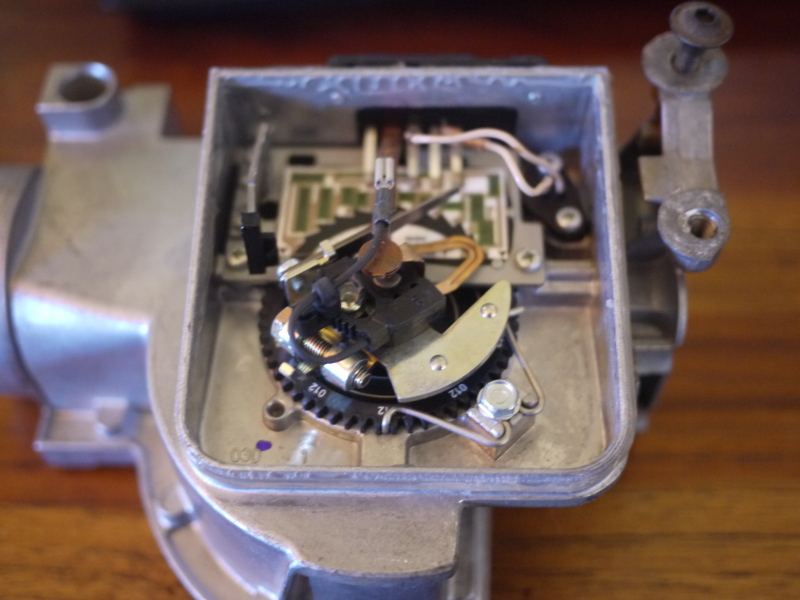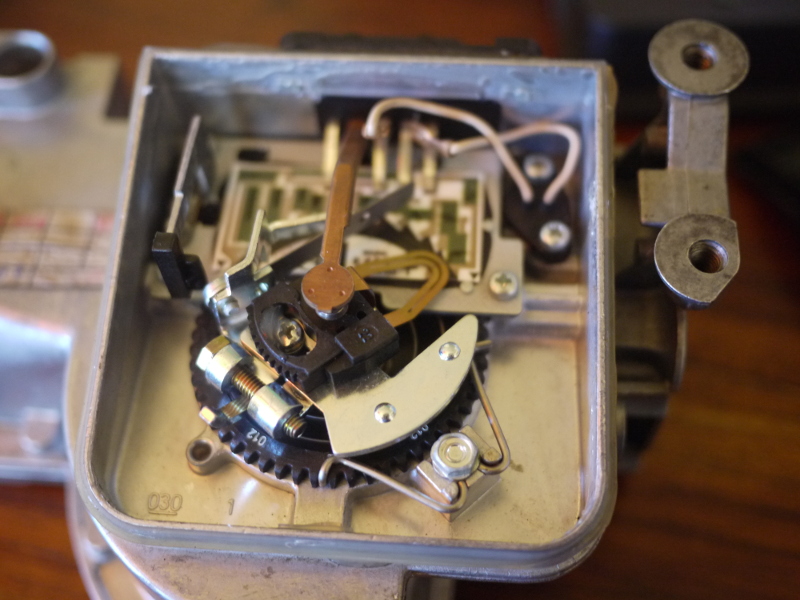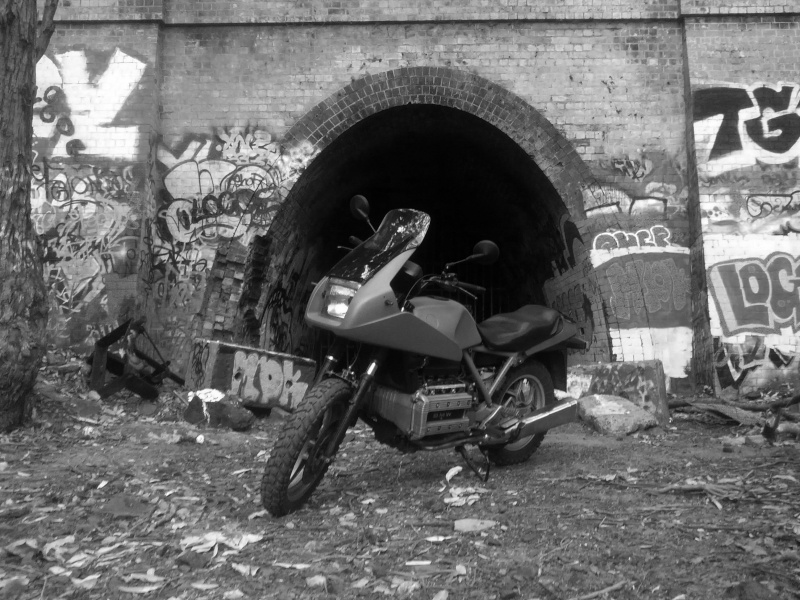charlie99 wrote: ...and a little luck i imagine ....
Indeed sir.
There are a select few times in life where encountering a miserable, self loathing, employment situation hating, lazy individual can be greatly to your advantage. Such as when you are hoping to acquire a blue slip (vehicle identity and saftey check) with a non functioning rear brake and ZERO legitimate ownership documents

Im not sure he even looked at the bike (except for the Chassis number for his paperwork). Blue slip was done by 12 on Saturday. Luckily the RTA in the city stays open til 3 on a Saturday

Then at the RTA (road authority here in NSW), my DIY letter of sale was totally fine. Mind you, I did manage to get back in touch with the PO and get his address and phone number for the form, as well as his 'authorisation' for my wife to sign for him....
They sighted the letter (infact they kept it now that I think about it), made me call up my CTP provider and change the VIN number as it was incomplete (thank christ they were open on a Saturday) and then that was that. Paid the coin, got the plate, job done

[on the subject for early K VIN #'s - the mechanic wrote mine on the form as "0080376K100RS" - is that correct? With the K100RS bit on the end? I had to call the CTP provider and get them to add this as I just put the string on numbers in, without the K100RS on the end)
Was easy as really. The dickhead mechanic I spoke to on Friday arvo needs his head read. Bloody ego tripper. Im gonna ring him on Monday and tell him what a dick he is. He was literally saying "You will never be able to get this registered". But then was quite happy to recommend me a place out west that will do it for a few hundred bucks and no paper work....dick head.
Oh well, happy happy happy!
Ill see you at the pub Al. You can bleed my brake for me

Rossko, Waz, and RT should come to. they are close by.


 Re: Around the World On a K100 Sat Jun 28, 2014 5:17 am
Re: Around the World On a K100 Sat Jun 28, 2014 5:17 am













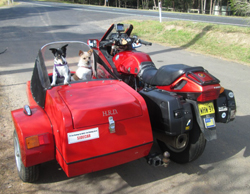

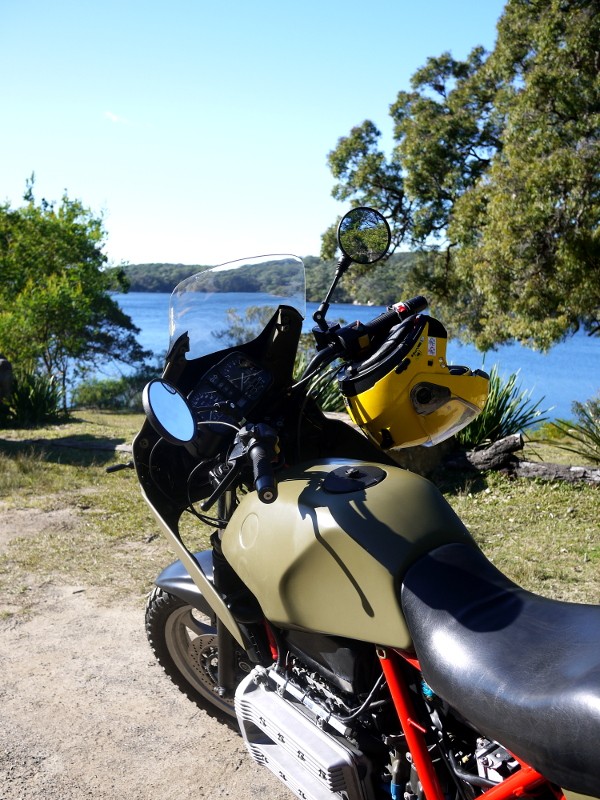



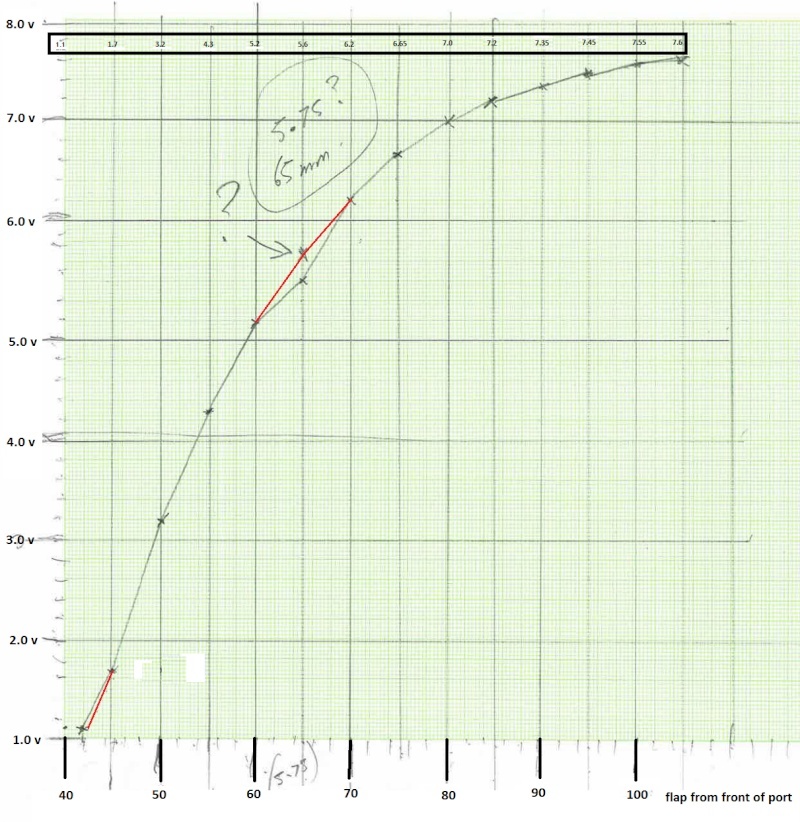

 "
"